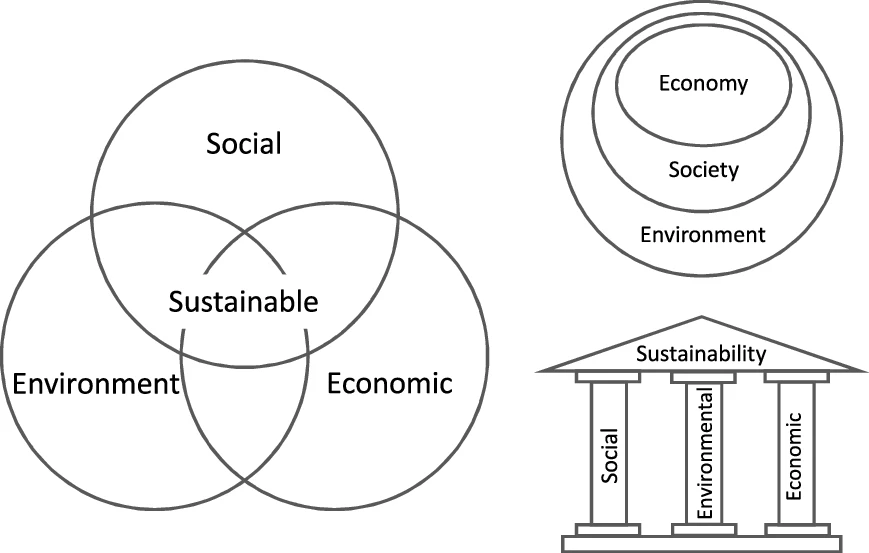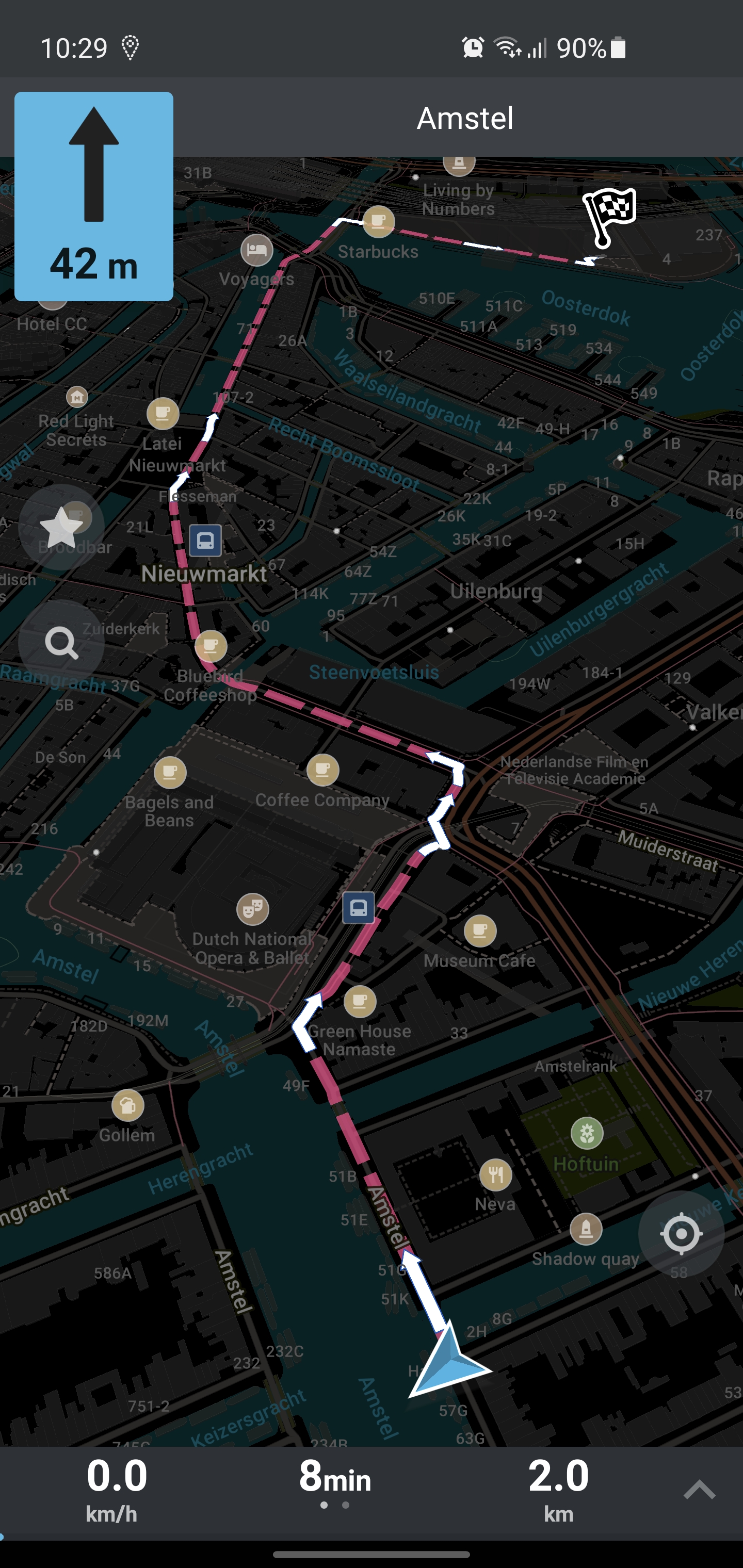|
Feminist Design
Feminist design refers to connections between feminist perspectives and design. Feminist design can include feminist perspectives applied to design disciplines like industrial design, graphic design and fashion design, and parallels work like feminist urbanism, feminist HCI and feminist technoscience. Feminist perspectives can touch any aspect of the design project including processes, artifacts and practitioners. History There is a long history of feminist activity in design. Early examples include movements for dress reform (mid–19th century) and concepts for utopian feminist cities (late 19th century to the early 20th century). Over time this work has explored topics like beauty, DIY, feminine approaches to architecture, community-based and grassroots projects, among many examples. Some iconic writing includes Cheryl Buckley's essays on design and patriarchy and Judith Rothschild's ''Design and feminism: Re-visioning spaces, places, and everyday things''. Scope Some sc ... [...More Info...] [...Related Items...] OR: [Wikipedia] [Google] [Baidu] |
Feminist
Feminism is a range of socio-political movements and ideology, ideologies that aim to define and establish the political, economic, personal, and social gender equality, equality of the sexes. Feminism holds the position that modern societies are patriarchal—they prioritize the male point of view—and that women are treated unjustly in these societies. Efforts to change this include fighting against gender stereotypes and improving educational, professional, and interpersonal opportunities and outcomes for women. Originating in late 18th-century Europe, feminist movements have campaigned and continue to campaign for women's rights, including the right to Women's suffrage, vote, Nomination rules, run for public office, Right to work, work, earn gender pay gap, equal pay, Right to property, own property, Right to education, receive education, enter into contracts, have equal rights within marriage, and maternity leave. Feminists have also worked to ensure access to contr ... [...More Info...] [...Related Items...] OR: [Wikipedia] [Google] [Baidu] |
Socially Sustainable
Sustainability is a social goal for people to co-exist on Earth over a long period of time. Definitions of this term are disputed and have varied with literature, context, and time. Sustainability usually has three dimensions (or pillars): environmental, economic, and social. Many definitions emphasize the environmental dimension. This can include addressing key environmental issues, environmental problems, including climate change and biodiversity loss. The idea of sustainability can guide decisions at the global, national, organizational, and individual levels. A related concept is that of sustainable development, and the terms are often used to mean the same thing. UNESCO distinguishes the two like this: "''Sustainability'' is often thought of as a long-term goal (i.e. a more sustainable world), while ''sustainable development'' refers to the many processes and pathways to achieve it." Details around the economic dimension of sustainability are controversial. Scholars have d ... [...More Info...] [...Related Items...] OR: [Wikipedia] [Google] [Baidu] |
Cyberfeminism
Cyberfeminism is a feminist approach which foregrounds the relationship between cyberspace, the Internet, and technology. It can be used to refer to a philosophy, art practices, methodologies or community. The term was coined in the early 1990s to describe the work of feminists interested in theorizing, critiquing, exploring and re-making the Internet, cyberspace and new-media technologies in general. The first use of the term cyberfeminist has been attributed to Australian artists and art collectives. The inception of the cyberfeminist art movement is described by one of its pioneers Linda Dement, as one that "coagulated and sparked in the reject-outsider mutiny, trauma-jouissance and fast hard beat of queer punk. It found visible existence and a manifesto, through VNS Matrix in the (typical) Adelaide heat wave of 1991… Cyberfeminism, as blurred edge range, entangles carnality with code; machines, blood and bad language; poetry and disdain; executables, theft and creative fabri ... [...More Info...] [...Related Items...] OR: [Wikipedia] [Google] [Baidu] |
Nina Paim
Nina may refer to: * Nina (name), a feminine given name and surname Acronyms * National Iraqi News Agency, a news service in Iraq *Norwegian Institute for Nature Research, on the campus of Norwegian University of Science and Technology * No income, no asset, a mortgage lending concept *"No Irish need apply", an anti-Irish racism phrase found in some 19th-century employment ads in the United States Geography * Nina, Estonia, a village in Alatskivi Parish, Tartu County, Estonia * Nina, Mozambique, a village in the Ancuabe District of Cabo Delgado Province in northern Mozambique United States * Nina, West Virginia, an unincorporated area in Doddridge County, West Virginia * Nina, Texas, a census-designated place (CDP) in Starr County, Texas * Nina Station, Louisiana, an unincorporated community in St. Martin Parish, Louisiana * Ninaview, Colorado, an unincorporated area in Bent County, Colorado Arts, entertainment, and media Films * ''Nina'' (1956 film), a West German film * ''Nina ... [...More Info...] [...Related Items...] OR: [Wikipedia] [Google] [Baidu] |
Data Feminism
Data Feminism is a book written by Catherine D’Ignazio and Lauren F. Klein as part literature review, part call to action, Data Feminism provides a framework for data scientists seeking to learn how feminism can help them work toward justice, and for feminists who want to focus their efforts on the growing field of data science. Through seven chapters ''Data Feminism'' provide examples of data biases and injustices, as well as strategies to redress them. In doing so, D’Ignazio and Klein suggest data feminism as "a way of thinking about data, both their uses and their limits, that is informed by direct experience, by a commitment to action, and by intersectional feminist thought". The authors starting point for data feminism is something they argue has gone mostly unacknowledged in data science: that power is not distributed equally in the world. Data science is a form of power, and it can be used to uphold existing hierarchies or, alternatively, to discover and redress injus ... [...More Info...] [...Related Items...] OR: [Wikipedia] [Google] [Baidu] |
Intersectionality
Intersectionality is an analytical framework for understanding how groups' and individuals' social and political identities result in unique combinations of discrimination and privilege. Examples of these intersecting and overlapping factors include gender, caste, sex, race, ethnicity, class, sexuality, religion, disability, physical appearance, and age. These factors can lead to both empowerment and oppression. Intersectionality arose in reaction to both white feminism and the then male-dominated black liberation movement, citing the "interlocking oppressions" of racism, sexism and heteronormativity. It broadens the scope of the first and second waves of feminism, which largely focused on the experiences of women who were white, cisgender, and middle-class, to include the different experiences of women of color, poor women, immigrant women, and other groups, and aims to separate itself from white feminism by acknowledging women's differing experiences and ident ... [...More Info...] [...Related Items...] OR: [Wikipedia] [Google] [Baidu] |
Dolores Hayden
Dolores Hayden is an American professor emerita of architecture, urbanism, and American studies at Yale University. She is an urban historian, architect, author, and poet. Hayden has made innovative contributions to the understanding of the social importance of urban space and to the history of the built environment in the United States. Background Hayden received her B.A. from Mount Holyoke College in 1966. She also studied at Cambridge University and the Harvard Graduate School of Design where she obtained her professional degree in architecture. She is the widow of sociologist and novelist, Peter H. Marris and is the mother of Laura Hayden Marris. Career Since 1973, Hayden has held academic appointments at MIT, UC Berkeley, UCLA, and Yale. She has taught courses in architecture, urban landscapes, urban planning, and American studies. She founded a Los Angeles-based non-profit arts and humanities group called ''The Power of Place'' which was active from 1984 to 1991. The g ... [...More Info...] [...Related Items...] OR: [Wikipedia] [Google] [Baidu] |
Inclusive Design
Inclusive design is a design process in which a product, service, or environment is designed to be usable for as many people as possible, particularly groups who are traditionally excluded from being able to use an interface or navigate an environment. Its focus is on fulfilling as many user needs as possible, not just as many users as possible. Historically, inclusive design has been linked to designing for people with physical disabilities, and accessibility is one of the key outcomes of inclusive design. However, rather than focusing on designing for disabilities, inclusive design is a methodology that considers many aspects of human diversity that could affect a person's ability to use a product, service, or environment, such as ability, language, culture, gender, and age. The Inclusive Design Research Center reframes disability as a mismatch between the needs of a user and the design of a product or system, emphasizing that disability can be experienced by any user. With this fr ... [...More Info...] [...Related Items...] OR: [Wikipedia] [Google] [Baidu] |
Chimamanda Ngozi Adichie
Chimamanda Ngozi Adichie (born Grace Ngozi Adichie; 15 September 1977) is a Nigerians, Nigerian writer of novels, short stories, poem, and children's books; she is also a book reviewer and literary critic. Her most famous works include ''Purple Hibiscus'' (2003), ''Half of a Yellow Sun'' (2006), and ''Americanah'' (2013). She is widely recognised as a central figure in Postcolonial feminism, postcolonial feminist literature. Born into an Igbo people, Igbo family in Enugu (city), Enugu, Nigeria, Adichie was educated at the University of Nigeria in Nsukka, where she studied medicine for a year and half. She left Nigeria at the age of 19 to study in the United States at Drexel University in Philadelphia, Pennsylvania, and went on to study at a further three universities in the U.S.: Eastern Connecticut State University, Johns Hopkins University, and Yale University. Many of Adichie's novels are set in Nsukka, where she grew up. She started writing during her university education. ... [...More Info...] [...Related Items...] OR: [Wikipedia] [Google] [Baidu] |
Design
A design is the concept or proposal for an object, process, or system. The word ''design'' refers to something that is or has been intentionally created by a thinking agent, and is sometimes used to refer to the inherent nature of something – its design. The verb ''to design'' expresses the process of developing a design. In some cases, the direct construction of an object without an explicit prior plan may also be considered to be a design (such as in arts and crafts). A design is expected to have a purpose within a specific context, typically aiming to satisfy certain goals and constraints while taking into account aesthetic, functional and experiential considerations. Traditional examples of designs are architectural and engineering drawings, circuit diagrams, sewing patterns, and less tangible artefacts such as business process models.Dictionary meanings in the /dictionary.cambridge.org/dictionary/english/design Cambridge Dictionary of American English at /www. ... [...More Info...] [...Related Items...] OR: [Wikipedia] [Google] [Baidu] |
Feminine
Femininity (also called womanliness) is a set of attributes, behaviors, and Gender roles, roles generally associated with women and girls. Femininity can be understood as Social construction of gender, socially constructed, and there is also some evidence that some behaviors considered feminine are influenced by both cultural factors and biological factors. To what extent femininity is biologically or socially influenced is subject to debate. It is Sex and gender distinction, conceptually distinct from both the Female, female biological sex and from womanhood, as all humans can exhibit feminine and masculine traits, regardless of sex and gender. Traits traditionally cited as feminine include gracefulness, gentleness, empathy, humility, and Sensitivity (human), sensitivity, though traits associated with femininity vary across societies and individuals, and are influenced by a variety of social and cultural factors. Overview and history Despite the terms ''femininity'' and '' ... [...More Info...] [...Related Items...] OR: [Wikipedia] [Google] [Baidu] |






